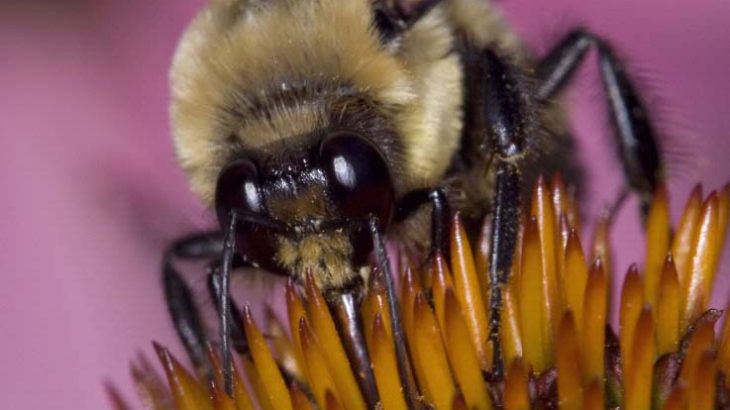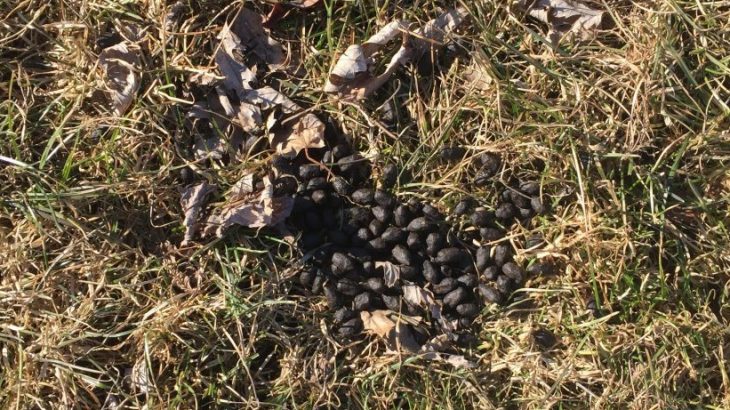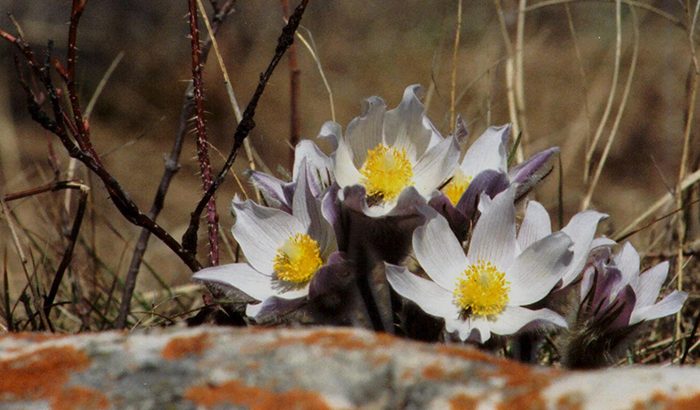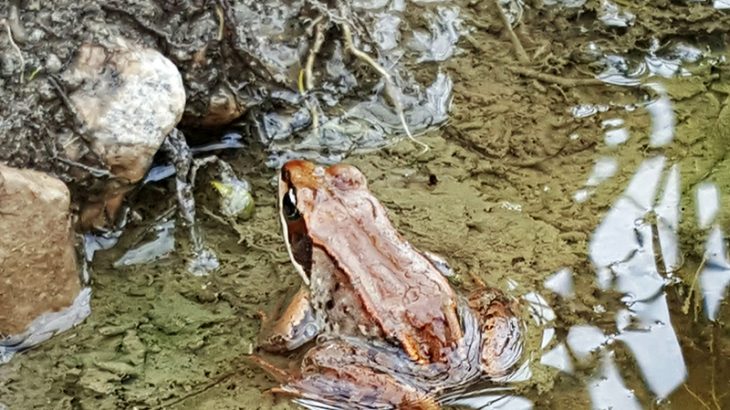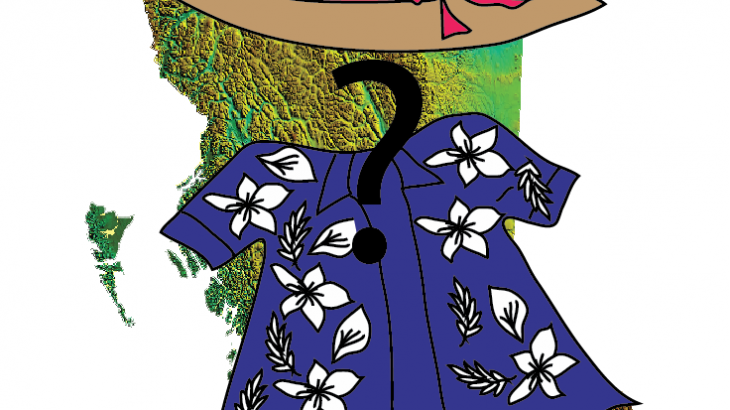
by Miranda Walters, New Science Communicator Imagine what life was like in Canada 100 years ago: World War I was being fought by Canadian soldiers in Europe, inventions like the telephone were becoming more common household items, and the television was in the process of being invented. Now, imagine what life was like in Canada […]

